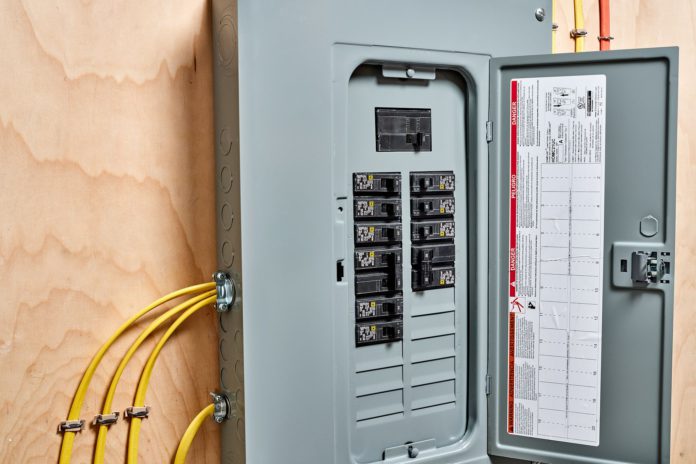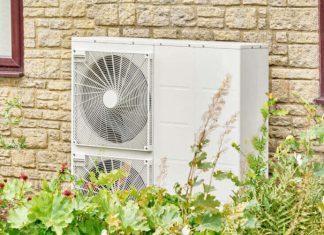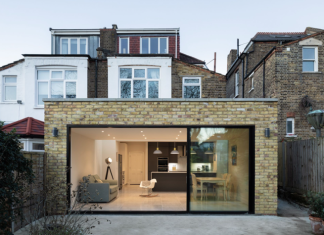Most homeowners do not think about their electrical panel until something goes wrong. But your panel plays a critical role in how safely and effectively your home receives power. As modern households add more technology, appliances, and high-voltage equipment, many electrical systems simply cannot keep up.
Understanding when your home needs an electrical capacity upgrade can help you avoid serious problems like overloaded circuits, fire hazards, or equipment failure. In this post, we will explore what an electrical capacity upgrade is, the most common warning signs, and what to expect during the upgrade process.
What Does “Electrical Capacity” Mean?
Your home’s electrical capacity refers to the total amount of power your panel can distribute throughout your house at one time. Most older homes were built with 60-amp or 100-amp panels, which were sufficient decades ago when the average home used far fewer devices. Today, it is common to need 150-amp or 200-amp service, especially in homes with central air, electric water heaters, or EV charging stations.
If your panel is too small, it cannot deliver enough power to support everything running in your home. That can lead to nuisance issues like tripped breakers or inconvenient outages, but it can also create long-term wear on your electrical system.
Signs Your Home May Need an Electrical Upgrade
Here are the most common signs that your current electrical capacity is no longer enough:
1. Frequent Breaker Trips
If your circuit breakers trip often when you run appliances, that is a strong signal that your panel is overloaded. This means it cannot safely manage the current electrical demand. While resetting a breaker might seem like a small inconvenience, chronic tripping is your system’s way of warning you about a larger issue.
2. Flickering Lights
When your lights dim or flicker during high-power appliance usage, your system may be stretched to its limits. For example, if turning on the vacuum or microwave causes your kitchen lights to flicker, it could be because the panel cannot handle the sudden power draw.
3. Too Few Outlets or Constant Use of Power Strips
A shortage of outlets often indicates that your system was built before modern electrical codes and expectations. If every room has a power strip or extension cord, that is not only inconvenient, it is also a fire risk. Adding more outlets may be necessary, but in many cases, your panel will need more capacity to support those additions.
4. Adding New Appliances or Systems
Any major home upgrade that involves electricity should prompt a look at your panel’s capacity. This includes adding electric dryers, air conditioners, tankless water heaters, hot tubs, or EV chargers. These devices draw a large amount of current and often require a dedicated circuit. Without enough amperage to support them, you may face interruptions or unsafe conditions.
5. You Still Have a 100-Amp (or Smaller) Panel
If your home still runs on a 100-amp panel or smaller, that alone may be reason enough to upgrade. Many modern households require at least 150 to 200 amps to meet today’s electrical demands safely. In fact, many electricians recommend 200-amp panels as the new standard, especially for homes with plans to add solar, electric vehicles, or high-end HVAC systems.
The Risks of an Undersized Electrical System
Ignoring these signs can lead to much more serious issues. An undersized panel can overheat, increasing the risk of electrical fires. Appliances may wear out faster or fail due to insufficient or unstable power. You could also run into insurance or code compliance problems when selling your home, as some insurers may not cover homes with outdated electrical panels.
What to Expect During an Upgrade
Upgrading your electrical panel is not a simple DIY task. It requires permits, inspections, and a licensed professional with experience working with local codes and utility companies. The process generally includes:
- Evaluating your current power usage and future needs
- Coordinating with the power company to safely shut off service during the upgrade
- Removing the old panel and installing a new one with a higher amperage rating
- Reconnecting your existing circuits and possibly upgrading the service entrance wiring
- Conducting a full inspection to ensure code compliance and safety
Most upgrades can be completed in one day, although more complex jobs or additional wiring work may take longer.
Talk to a Qualified Electrician
If you are seeing signs that your home is underpowered, do not wait for something to fail. Contacting a licensed electrician is the safest and most reliable way to assess whether an upgrade is necessary. A professional can run a load calculation, recommend the right panel size, and ensure the work is done safely and to code.
An electrical capacity upgrade is not just about powering more devices. It is about protecting your home, your appliances, and your family. If your system is outdated, overloaded, or unable to support your plans for the future, it may be time to take that next step.















